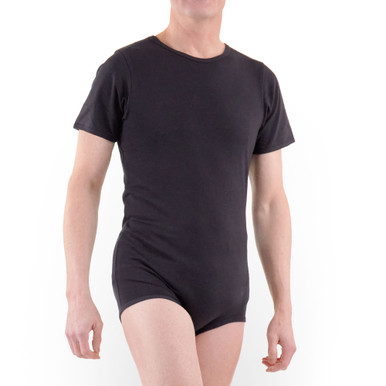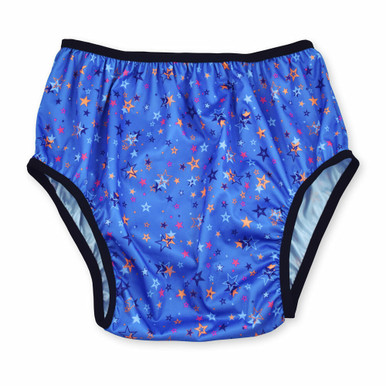2023 May 3rd
Managing Incontinence With An Active Lifestyle
Active people often face unique challenges when managing incontinence. Incontinence refers to the loss of control over bowel or bladder function, which can make physical activity difficult and uncomfortable.
However, it is important to remember that incontinence does not have to be a barrier to an active lifestyle. There are several strategies that can help individuals manage incontinence and maintain an active lifestyle.
One of the most important things to do is to speak with a healthcare professional. They can help identify the underlying cause of the incontinence and provide treatment options, such as medication or pelvic floor exercises.
Another strategy for managing incontinence is to plan ahead. This can include wearing protective clothing during physical activity, such as incontinence pads or underwear. It is also helpful to use the restroom before and after exercise, and to stay hydrated throughout the day.
It is also important to be mindful of your diet. Certain foods and drinks, such as caffeine and spicy foods, can irritate the bladder and exacerbate incontinence symptoms. By avoiding these triggers and eating a healthy diet, you can help reduce the frequency and severity of incontinence.
Finally, it is important to remember that incontinence is a common condition and there is no need to feel embarrassed or ashamed. Many people struggle with incontinence, and there are many resources available to help individuals manage the condition and maintain an active lifestyle.
In conclusion, incontinence can be a challenge for active people, but with the right strategies and support, it is possible to manage the condition and continue to lead an active lifestyle. If you are struggling with incontinence, speak with your healthcare professional and consider incorporating the strategies discussed above into your daily routine.
|
|
|
|





